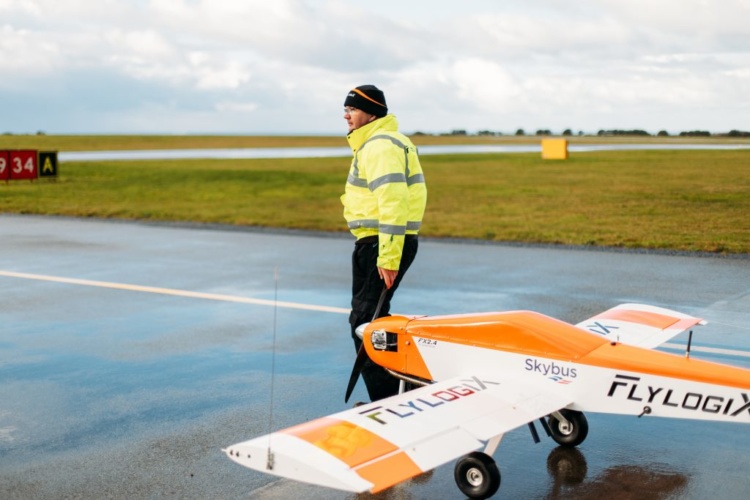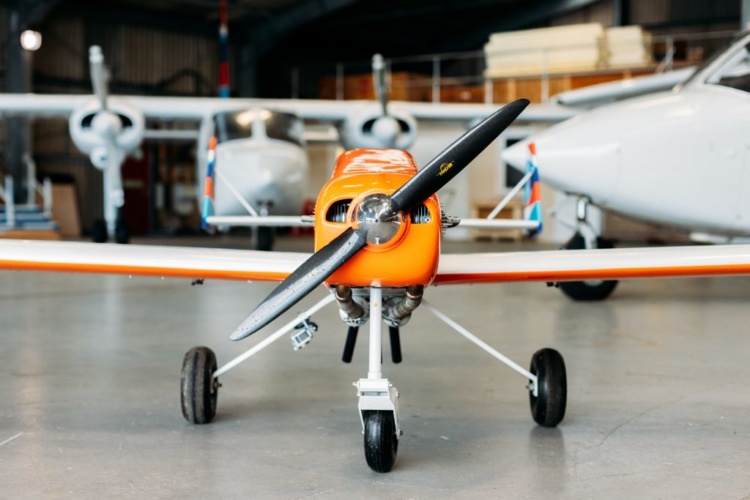
On Friday, December 11, an unmanned Flylogix aircraft made the 60-mile round trip from Land’s End Airport in Cornwall to St Mary’s Airport on the largest of the Scilly Isles. The outward route saw the 40kg UAV transporting an NHS supply box, while local Scilly produce was loaded onboard for the journey back to Cornwall.
Forest patrolling drones developed to protect the environment
Drones rise to the COVID challenge
The test flight was a collaboration between offshore drone operator Flylogix and the Isles of Scilly Steamship Company, which owns Land’s End Airport and has maintained a link from Cornwall to Scilly since 1920. The UAV was remotely controlled by a qualified pilot with the assistance of an autopilot and geo-location system, flying at a fixed height to maintain separation with manned flights along the air corridor. There are plans to develop a bespoke UAV for a regular commercial service that will eventually be fully autonomous and increase on the 5kg payload capacity of the test flight.
“We’ve shown that a drone freight service is not only technically feasible but that there is demand for its potential to deliver time-sensitive and high value items for the island community, using aircraft that have 98 per cent fewer emission than a manned equivalent,” said Stuart Reid, chief executive of the Isles of Scilly Steamship Company.

A daily drone flight service is planned for a three-month trial period in the summer of 2021, with the bespoke freight UAV entering full commercial service within two years. Urgent transport of medical supplies and testing equipment is one of the clear potential benefits of a regular flight, particularly in light of how events have unfolded in 2020. According to Bruce Daniel, a pathology service manager at the Royal Cornwall Hospital in Truro, the drone flight could cut turnaround times for various types of testing.
“Drone delivery immediately struck me as a possible solution to get any type of pathology sample to the mainland,” said Daniel, who is the acting incident director for Covid for the NHS South One Network, covering Devon and Cornwall. “It also offers the ability to reduce turnaround times for Covid-19 testing for people on the islands.
“I can really see the potential of what it could offer. The drone would be less affected by the weather and could fly in much more foggy conditions. We could use it to transport all different types of blood products from the islands to the mainland. I can see all sorts of benefits both from an islander and pathology perspective.”




Nanogenerator consumes CO2 to generate electricity
Whoopee, they've solved how to keep a light on but not a lot else.